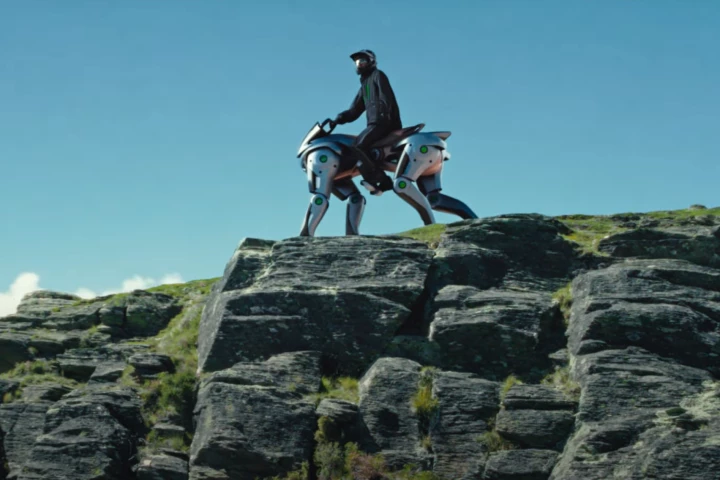Although they may not be as well-known as "exciting" dinosaurs such as the Tyrannosaurus, the duck-billed hadrosaurs were the most common plant-eating dinosaurs at the end of the Mesozoic Era. Now, a newly-classified member of the group appears to be a common ancestor to the various types that came later.
Constituting both a new genus and species, the creature has been named Aquilarhinus palimentus. Its identity is based on a single skull and some other bones, that were initially discovered at Texas' Big Bend National Park in the 1980s. The discovery was made by Texas Tech University's Prof. Tom Lehman (then a Master's student) along with two colleagues from the University of Texas at Austin.
Only recently have the fossilized bones been extensively analyzed, due to the fact that they were quite weathered and stuck to one another. Among other things, the skull was found to lack the dramatic cranial crest common to later hadrosaurs. Additionally, its lower jaw resembled two trowels placed side-by-side, giving the front of its flattened, plant-cropping jaws a W shape when viewed from above or below. By contrast, the jaws of other later members of the group formed more of a U shape.
It is believed that the individual to which the skull belonged lived in what is now the Chihuahuan desert, where it fed on aquatic vegetation in tidal marshes approximately 80 million years ago. Once it died, the tide carried its body downstream, to the location where the fossils were discovered.
"This new animal is one of the more primitive hadrosaurids known and can therefore help us to understand how and why the ornamentation on their heads evolved, as well as where the group initially evolved and migrated from," says lead author of the new study, Dr. Albert Prieto-Márquez, of Spain's Institut Català de Paleontologia Miquel Crusafont. "Its existence adds another piece of evidence to the growing hypothesis, still up in the air, that the group began in the southeastern area of the US."
A paper on the research was recently published in the Journal of Systematic Palaeontology.
Source: Taylor and Francis Group via EurekAlert





